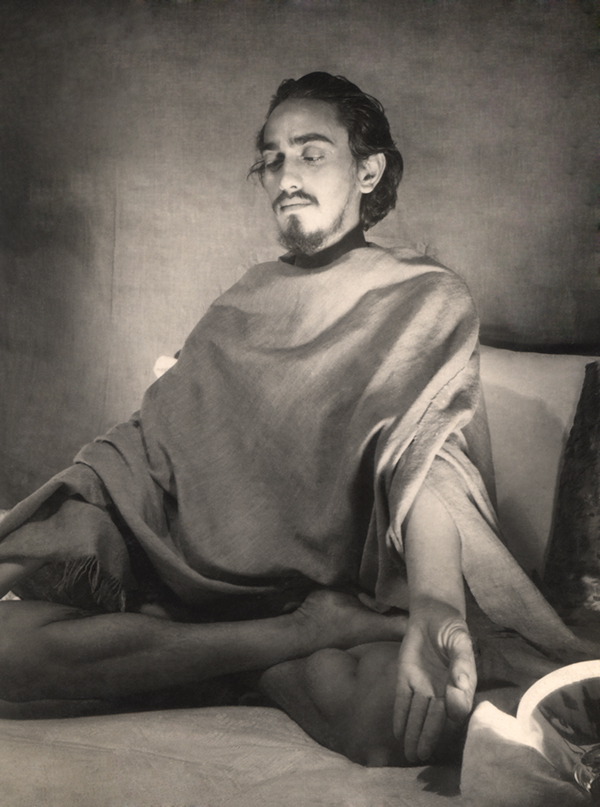. . . . continued from last issue
How Man was Born?
In Sanskrit literature every word indicates its root. It is not so in other languages. For example, take the English word “birth.” It does not indicate what the word birth means. Generally people make a mistake in understanding this word. By giving an exposition of three words, I will try to explain what is birth and what is its real meaning. These three words are janma (birth), utpatti (appearance) and srishti (creation). These three words explain our life.
Consider the word janma (birth) in Sanskrit language. This word is derived from the root jani which means coming forward or becoming known. That is to say what was hidden from us has now appeared before us. The word utpatti is derived from the root pad which means to rise above and appear. In other words whatever was covered has now come and is open to view. The third Sanskrit word is shrishti. It is derived from root srij. It means that which was hidden inside has come outside. Our birth is not a new chance event. We come from the unknown to the known and from the subtle to the gross. This does not mean that we did not exist before. We only come from the unmanifested to the manifested world and then again pass into unknown. We also existed before and we shall exist hereafter too.
Our birth is not an accidental thing. We come from the subtle to the gross world just as a hidden thing appears from behind the screen or just as a seed develops into a tree. Whatever we bring from our past unknown life is called our fate. In fact our accumulated past actions come with us in the flow of our lives. We are the performers, masters as well as the sufferers of our own actions. We alone are the makers of our fate and the controllers of the life’s chariot. We alone are the cause of our life and death. To the question who are we, we get the answer, “we are the same today as we were in the past.” Only we have passed from the subtle to the gross world. This is all that is known as birth. This life is concealed behind the two openings of birth and death. We are not something new. No one creates us. Certainly our parents hold us within themselves; but they are merely like the vessels containing the drop of life. Dividing this life into past, present and future I want to tell you that human life is like an archer who has shot some arrows. These arrows already sent from the fate (prarabdha) of man. Such arrows cannot be called back. The arrows still lying in the quiver constitute the samchit karma (accumulated actions). The actions yet to be undertaken (kriymana) are like arrows which we have yet to throw. This is the exposition of fate, accumulated action and actions yet to be performed. We have been trying to hit our target for centuries but all our efforts have been in vain. What if we should fail in hitting the target? The divine knowledge of Upanishads present before us a systematic and methodical approach to the gaining of our object. At the same time it also offers a beautiful and intelligible interpretation of the secrets of life and death. But our problem still remains to be solved. Repeatedly we have to undergo pleasures and pains in passing through the chinks of birth and death again and again.
The paramount problem before human life is how to be free from the miseries and pains of life. Everyone proceeds on the path of duty in his everyday life in order to overcome sufferings and achieve happiness. We are all pilgrims of the same path. All the currents are flowing towards the same ocean. [We are all in want of the happiness getting which no pain may touch us. The philosophy of life starts from this point. Is it not a fact that whatever we do, we do for the sake of getting joy and happiness? But alas we fail miserably to achieve the kind of happiness for which we ceaselessly strive.]
Originally printed in “Voice of Himalayas” Vol 2, No 3, 1972

